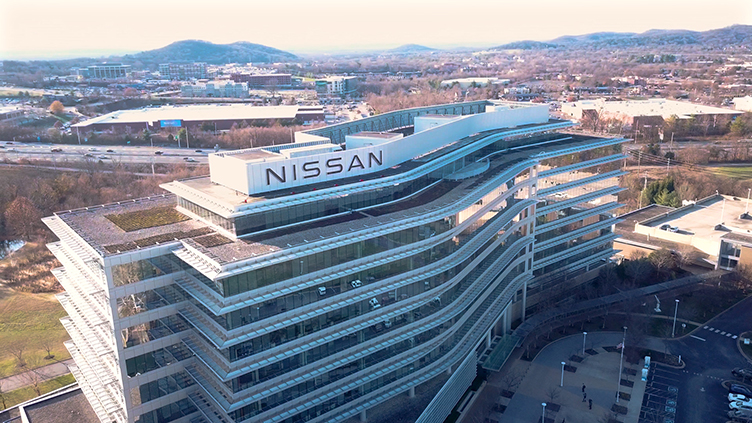In a significant development within the automotive industry, merger discussions between Nissan Motor Co. and Honda Motor Co., valued at approximately $58 billion, have reportedly reached an impasse.
The proposed merger, announced in December 2024, aimed to create the world’s third-largest automaker, combining the strengths of both companies to better compete in the evolving global market.
Initial Merger Intentions
The initial plan was to establish a joint holding company by August 2026, under which both Honda and Nissan would operate as subsidiaries. This structure was intended to facilitate resource sharing and enhance competitiveness against industry leaders like Toyota and Volkswagen.
Emergence of Disagreements
As discussions progressed, significant differences emerged between the two companies. Honda proposed making Nissan a fully owned subsidiary, a departure from the initial plan of an equal merger.
This shift was driven by internal and shareholder pressures within Honda to assert greater control over the merged entity. Nissan’s board rejected this proposal, leading to a stalemate in negotiations.
Financial Disparities and Strategic Concerns
The financial disparity between the two companies further complicated the merger talks. Honda’s market valuation is nearly five times higher than Nissan’s, leading to disagreements over share distribution and asset valuation.
Additionally, Honda expressed concerns about Nissan’s ongoing restructuring efforts, including plans to cut 9,000 jobs and reduce production capacity by 20% following a significant drop in profits.
These concerns raised doubts about Nissan’s ability to navigate its current challenges without external assistance.
Market Reactions
The news of the stalled merger talks had immediate effects on the financial markets. Nissan’s shares dropped over 4% before trading was temporarily suspended, reflecting investor concerns about the company’s future.
Conversely, Honda’s shares rose by more than 8%, indicating investor relief that the company would not be taking on Nissan’s challenges.
Future Prospects
While the current merger talks have been called off, both companies may explore specific collaborations or partnerships in areas like electric vehicle development and autonomous driving technologies.
The dissolution of the merger talks underscores the complexities inherent in large-scale corporate integrations, especially in an industry facing transformative changes.
As Honda and Nissan chart their separate paths forward, the automotive world will be watching closely to see how these storied companies navigate the challenges and opportunities that lie ahead.
Also Read

